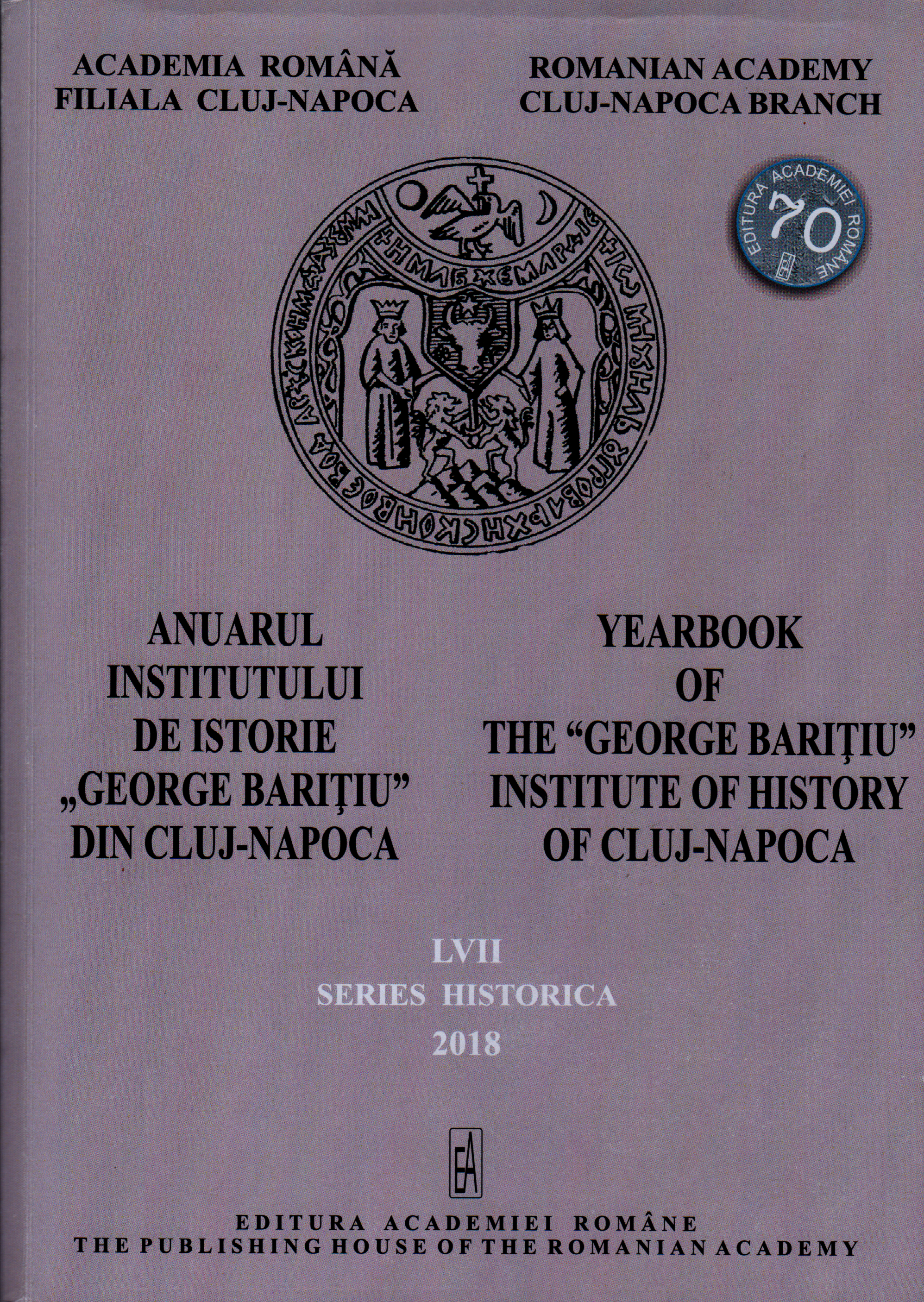Națiune, număr și teritoriu național în Transilvania (1848-1850)
Nation, Number and National Territory in Transylvania
(1848-1850)
Author(s): Ela CosmaSubject(s): Social history, 19th Century, Inter-Ethnic Relations
Published by: Editura Academiei Române
Keywords: Transylvania; 1848-1850; Transylvanian nations; national territory; national statistics
Summary/Abstract: The intrinsic bound between nation and national territory is revealed, in this study, with regard to the Great Autonomous Principality of Transylvania during and after the 1848-1849 revolution and war. The state organization of the province under Habsburg suzerainty was questioned by the proclamation of Transylvania’s union with Hungary (30 May 1848), which however failed to be put in practice. Transylvania’s administrative and territorial organization (comprising 7 Hungarian counties, Partium, 5 Szekler seats, 9 Saxon seats and 2 Saxon districts) ensured to the three Transylvanian Estates of the Hungarians, Szekler and Saxons – medieval privileged nations allied in 1437, that had survived until 1848 –, not only political and economical domination, but also territorial hegemony. This was achieved by Transylvania’s parceling between the three dominant nations and the unofficial demarcation of the “lands” of Hungarians (Land der Unger), Szekler (Land der Szekler) and Saxons (Sachsenland), totally excluding the tolerated Romanian nation, that was nummerically dominant in Transylvania, Partium and parts of Hungary (Maramureş, Crişana). Medieval land possession – but not land property, inner privileges – but never territorial autonomy characterised the three acknowledged nations, in the eve of the 1848 revolution, when the Romanians were feared to fight for achieving the status of the fourth admitted nation in Transylvania. This would have put an end both to unio trium nationum and to their land enclaves, as the Romanian national requirements were to be followed by territorial claims, given that the Romanians lived all over Transylvania. Regardless of national confrontations, the Transylvanian demographic reality was inexorably in favour of the Romanians, who formed two thirds of the Great Principality’s population. Statistics of the Transylvanian nations before and after 1848 are analysed, with focus on Eduard Albert Bielz’s considerations, interest being granted to the huge human losses of the revolution and war.
Journal: Anuarul Institutului de Istorie »George Bariţiu« - Series HISTORICA
- Issue Year: LVII/2018
- Issue No: 57
- Page Range: 47-70
- Page Count: 24
- Language: Romanian

